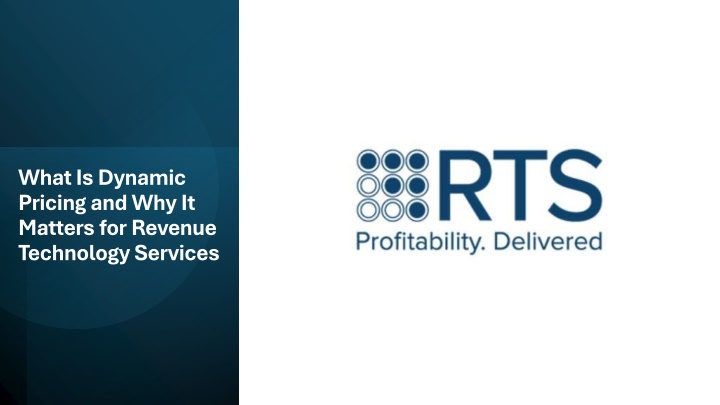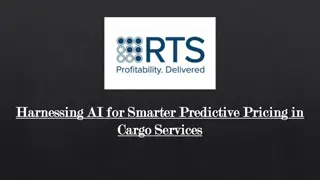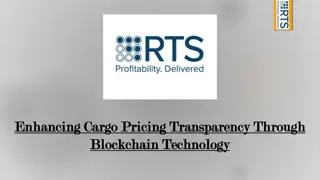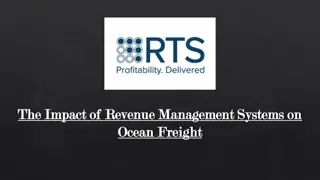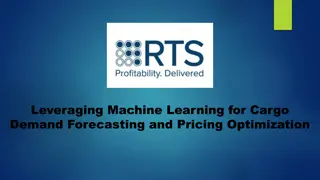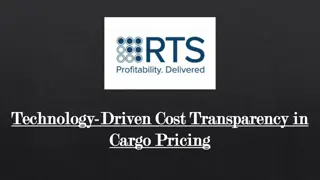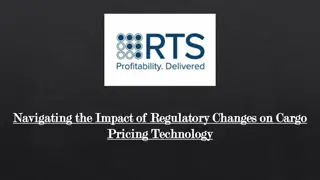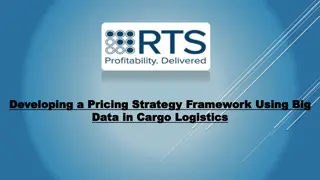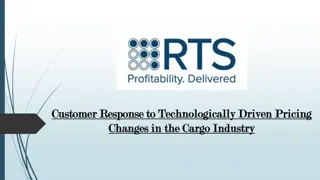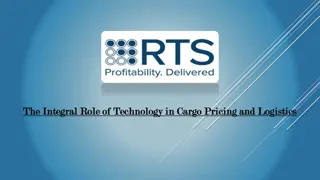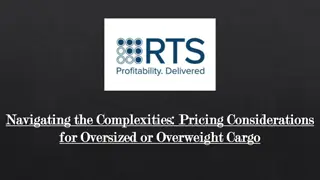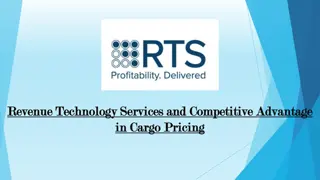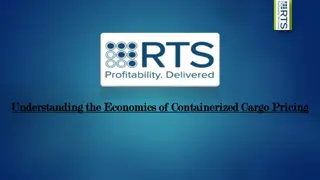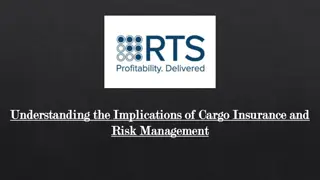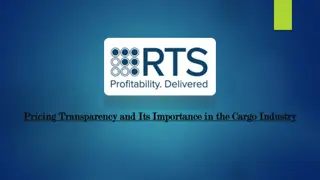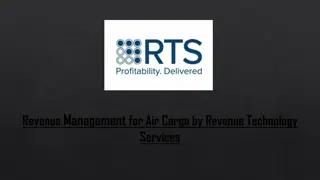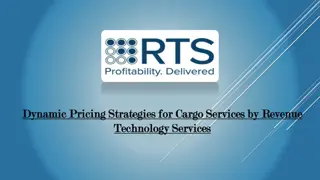What Is Dynamic Pricing and Why It Matters for Revenue Technology Services
In todayu2019s highly competitive and data-driven marketplace, businesses across sectors are shifting from static price models to more adaptive, real-time approaches. At the heart of this shift is dynamic pricingu2014a strategy that uses real-time
Download Presentation

Please find below an Image/Link to download the presentation.
The content on the website is provided AS IS for your information and personal use only. It may not be sold, licensed, or shared on other websites without obtaining consent from the author.If you encounter any issues during the download, it is possible that the publisher has removed the file from their server.
You are allowed to download the files provided on this website for personal or commercial use, subject to the condition that they are used lawfully. All files are the property of their respective owners.
The content on the website is provided AS IS for your information and personal use only. It may not be sold, licensed, or shared on other websites without obtaining consent from the author.
E N D
Presentation Transcript
What Is Dynamic Pricing and Why It Matters for Revenue Technology Services
In todays highly competitive and data-driven marketplace, businesses across sectors are shifting from static price models to more adaptive, real-time approaches. At the heart of this shift is dynamic pricing a strategy that uses real-time data to adjust prices based on market demand, competition, customer behavior, and other key factors. But while the concept may seem simple on the surface, it s a game-changer for industries like travel and transportation, especially when integrated with Revenue Technology Services (RTS). Understanding Dynamic Pricing Dynamic pricing refers to the practice of automatically adjusting the price of a product or service based on various external and internal variables. For instance, an airline ticket might cost $200 today and $250 tomorrow based on changes in demand, availability, or even customer booking patterns. Unlike traditional static pricing where prices remain fixed for extended periods dynamic pricing is fluid and responsive. It allows companies to optimize their revenues in real time by selling the right product to the right customer at the right price. Why It Matters for Revenue Technology Systems For RTS providers serving industries like airlines, railways, and ferries, dynamic pricing is not just a nice-to-have feature it s a core necessity. Here s why:
1. Maximizing Revenue Opportunities Dynamic pricing enables RTS to help clients capture value at every point in the demand curve. When demand surges, prices can increase to match willingness to pay. 2. Real-Time Decision Making Modern RTS platforms integrate with booking engines, inventory systems, and customer data platforms. This ecosystem allows real-time data processing, empowering instant pricing decisions that reflect current market conditions. 3. Customer Segmentation and Personalization Dynamic pricing helps RTS tailor prices based on user segments, booking behaviors, or travel history. This personalization not only improves conversion rates but also enhances customer satisfaction when implemented transparently and fairly. 4. Competitive Edge In fast-moving markets, static pricing simply can t compete. With dynamic pricing embedded in RTS, companies can remain agile and outmaneuver competitors by reacting faster to changes in the marketplace. Conclusion Dynamic pricing is more than a pricing tactic it s a strategic capability that every modern Revenue Technology Services must embrace. By leveraging real-time data, predictive analytics, and automation, RTS platforms can deliver pricing models that are not only more responsive and profitable but also smarter and more customer- focused. In the rapidly evolving world of travel and transport, dynamic pricing isn t just the future it s the now.
